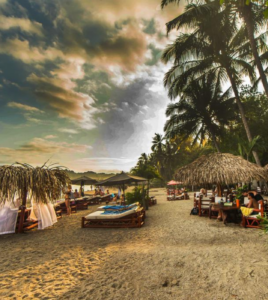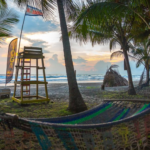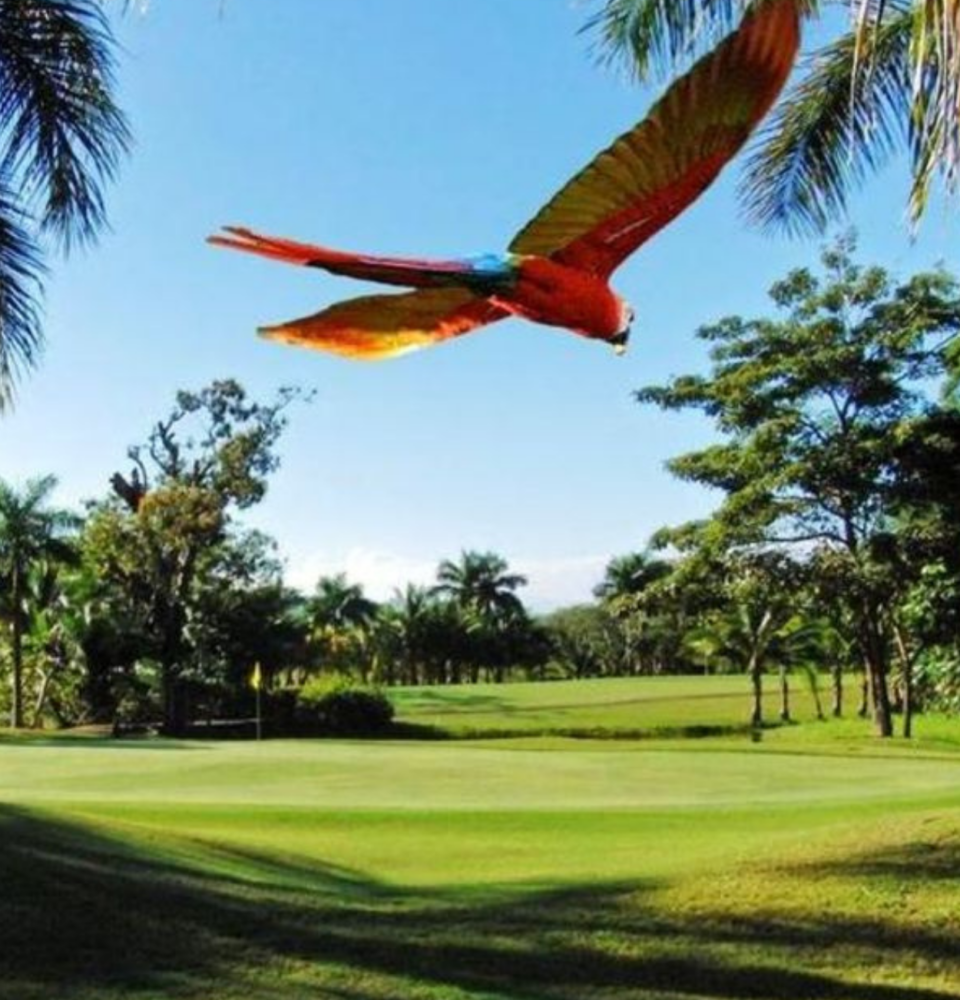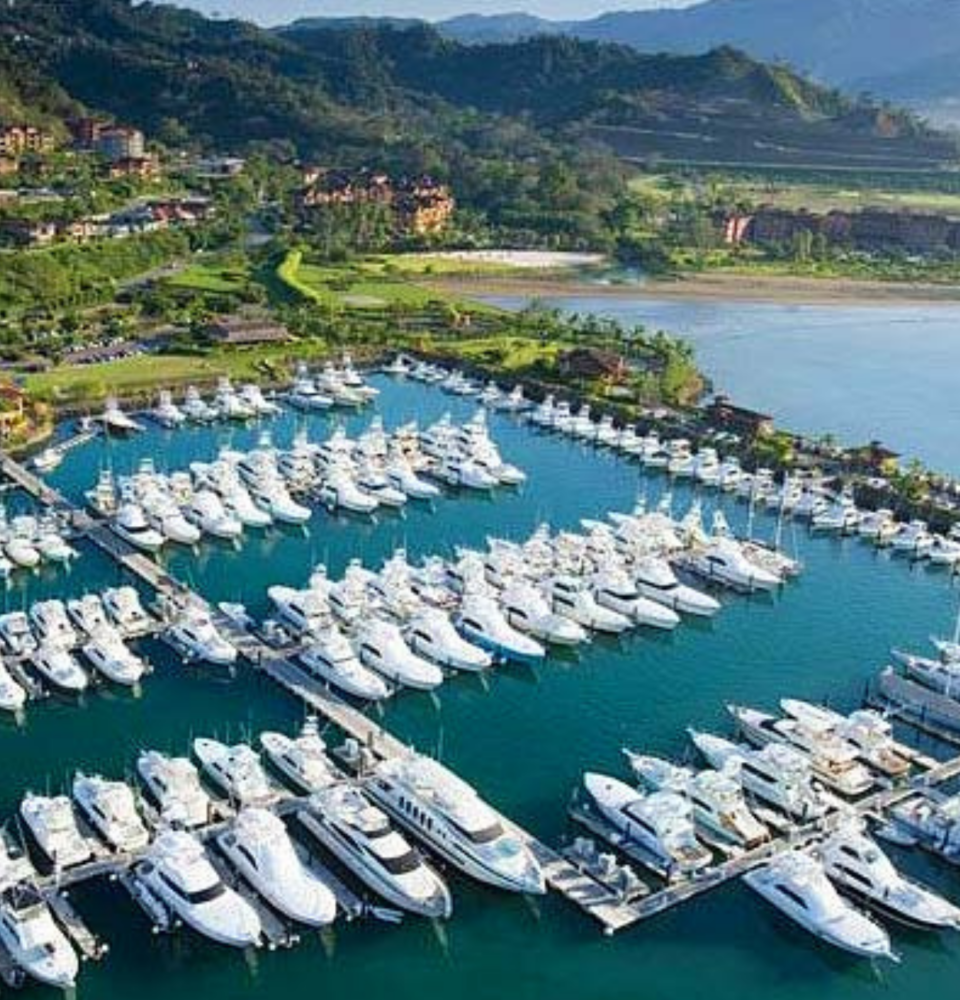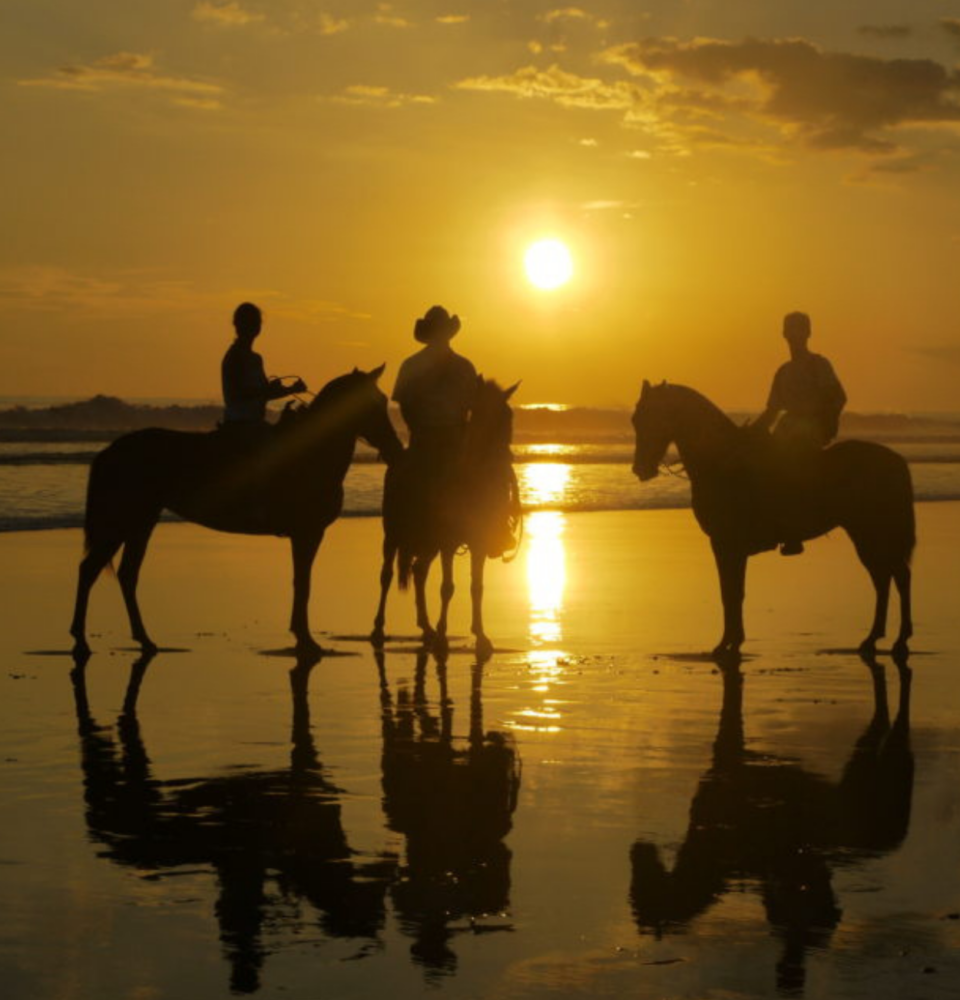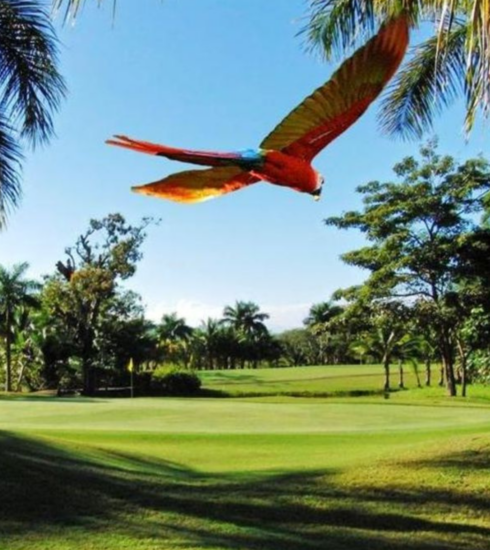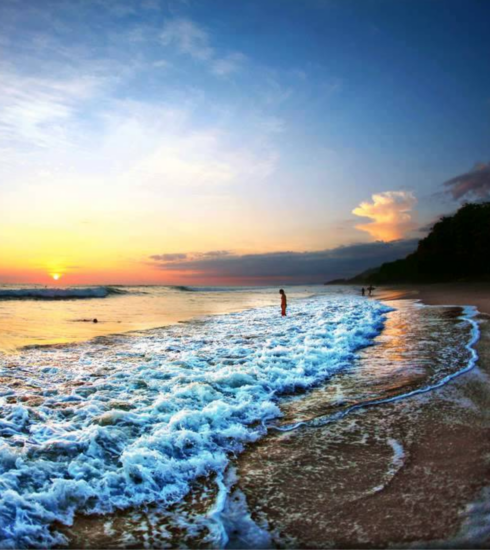Golfito, Costa Rica
Southern port town and Duty Free Zone; also known for world-class sport fishing. Golfito, situated on the mainland side of the Golfo Dulce northwest of the Panama border, was once the most important port at the southern end of Costa Rica. For nearly fifty years Golfito and the surrounding region was a thriving product of the United Brand Banana Company, now known as United Fruit.
Landscape: Ocean, Rainforest.
Attractions: Golfito Wildlife Refuge, Piedras Blancas National Park.
Activities: Shopping, Sport Fishing.
Caters to: Independent Travelers, Luxury Travelers, Nature Lovers.
In 1985 the town was devastated by crop plight, labor disputes, tax hikes, and labor strikes. United Fruit abandoned Golfito to relocate, and within a few short months widespread unemployment and an accellerating poverty threatened to completely eradicate the once thriving port that had been plunged into a rapid physical and psychological decay. One year after the industry’s departure – the land that was left to the Costa Rican government was used to establish the “Golfito Reserve” as it is commonly known. The Refugio National de Vida Silvestre is an ecological complement to the Corcovado National Park, a large expanse of wild preserve located across the Golfo Dulce Bay from Golfito, near the port of Puerto Jimenez.
Five years after the the banana industry left Golfito, the Costa Rican government established the port as a duty-free zone, and since then Golfito has become a thriving weekend destination for busloads of Costa Ricans traveling from San Jose and surrounding areas to stock up on duty free goods and household appliances for their homes, which are purchased during their visit and shipped by schedule to homes, businesses, and hotels throughout the rest of the country. During their stay they will stop to enjoy the plethora of inexpensive soda’s and restaurants to escape the notably repressive lowland heat that hangs over the area.
Golfito has, since the inception of the free zone, made a reasonable economic comeback within the still-evident industrial atmosphere that lingers from the beginnings of the port town. A handful of unique restaurants dot the city, some moderately priced hotels, and fishing tours, nature hikes, and boat taxis are readily available at local co-ops and store fronts that comprise Golfito’s center.
Places to see:
Corcovado National Park
Piedras Blancas National Park
Playa Pavones
Playa Zacundo
Playa Cabo Matapalo
How to get there:
There are various ways to get from San Jose to Golfito; it can either be reached by car within 4 to 5 hours driving time along the scenic coastal road or in about 7 hours on the Panamerican Highway passing by the Sierra de la Muerte, by public bus services (www.tracopacr.com) within 7 to 8 hours or by plane within 45 minutes by Sansa (www.flysansa.com) or Nature Air (www.natureair.com) who offer various daily in- and out-going flights.
Fun facts:
The town, surrounded by steep hills, is protecting the Golfito watershed and is a splendid rainforest backdrop to explore. While keeping Golfito‘s water clean and flowing, it also has the side effect of conserving a number of rare and interesting plant species as well as the endemic Golfo Dulce Dart Frog (phyllobates vittatus).
The average water temperature throughout the year is 29°C (83°F) and the best time for water activities is late winter, since Golfito is located in the northern hemisphere.
Explore Golfito
Tambor Beach, Costa Rica
World class deep sea fishing, finished with a dinner watching a spectacular sunset on the hills above the bay.
Santa Teresa, Costa Rica
Many people all over the world have traveled to this magical surf town, and decided never to leave.



